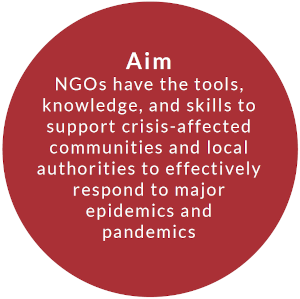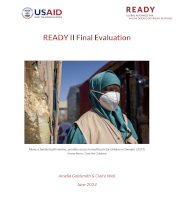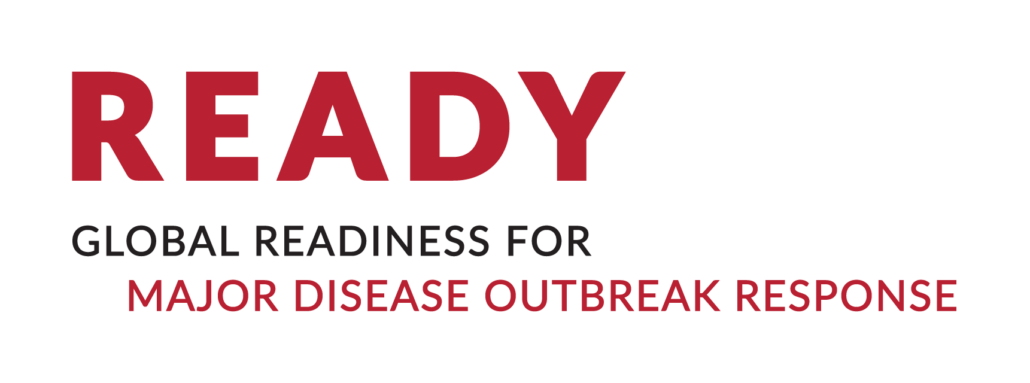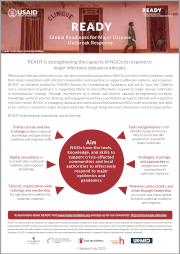Consortium Partners
READY brings together operational, academic, clinical, and communications organizations to provide multiple perspectives and areas of expertise. READY’s consortium partners are:
Johns Hopkins Center for Humanitarian Health
When major disease outbreaks occur, non-governmental organizations (NGOs) are often on the frontlines, using their deep connections with affected communities and expertise to support outbreak readiness and response. READY, an initiative funded by USAID’s Bureau for Humanitarian Assistance and led by Save the Children and a consortium of partners, is supporting NGOs to more effectively respond to major disease outbreaks in humanitarian settings. Through investments in a robust and diverse capacity-strengthening portfolio, knowledge and best-practice sharing, and engagement with key coordination groups to identify and respond to real-time needs, READY is equipping national and international humanitarian NGOs with knowledge and skills to be ready to respond to major disease outbreaks through integrated and community-centered approaches.
 In support of its aim, READY is developing, translating, and delivering:
In support of its aim, READY is developing, translating, and delivering:
 “[READY] weren’t saying: we know everything. They recognized that they wanted to bring all of the partners on board and learn from each other’s expertise. I thought that was done very well. It was a very open and collaborative space that they created. Very welcoming and it took off.”
“[READY] weren’t saying: we know everything. They recognized that they wanted to bring all of the partners on board and learn from each other’s expertise. I thought that was done very well. It was a very open and collaborative space that they created. Very welcoming and it took off.”
(External stakeholder)
READY brings together operational, academic, clinical, and communications organizations to provide multiple perspectives and areas of expertise. READY’s consortium partners are:
Johns Hopkins Center for Humanitarian Health


